For the second month in a row there’s a new brand on the blog, this time it’s Wakmann.
(Click pictures to enlarge)
After creating a successful watch company in Portugal, Icko Wakmann travelled to New York in 1943 with the ambition of establishing a presence in the US market. He founded the Wakmann Watch Company in 1946 and listed the company on the US Stock Exchange in 1947.
At the end of WWII in an effort to protect US watch manufacturers, the government was imposing heavy duties on any Swiss watches imported for sale within the United States. The only way to avoid these duties was to have watches assembled and/or finished in the US. So, in October 1947 a joint venture between Breitling SA in Switzerland and the Wakmann Watch Company was established (called the Breitling Watch Company of America) which allowed Breitling to send watches to Wakmann in New York for ‘final finishing’ and distribution throughout the US under the Wakmann name – consequently, you’ll see many Wakmann watches for sale where the seller is claiming that it is a “Breitling in disguise” even if it has no link to Breitling whatsoever.
The same legislation didn’t apply to other aviation instruments so the bond between the companies was more evident and both company names were displayed prominently on the dials of cockpit clocks and other timers.
Wakmann didn’t have full watch production facilities and instead contracted their watches out to a number of European manufacturers over the years. As a result, their watches often resembled watches from other producers but they all had good quality Swiss calibres inside from respected manufacturers such as ETA, Valjoux, Lemania, Venus and Landeron.
The Regate (or Regatta) model featured in this post is one of the more popular Wakmann models and an interesting feature of the watch is the multi-functional inner bezel, which I believe is unique to this watch – though I’m happy to be corrected on that.
On the outer edge are two scales to be used in conjunction with the chronograph, a Tachymetre scale that is commonly seen on chronographs (used to time speed in km/h or miles/h when measured over a distance of 1km/1 mile) and also a Regate scale used in competitive sailing. As the minute register is mounted on a separate hand rather than in a subdial on this calibre it makes it ideal for use as a sailing timer where the first fifteen minutes can easily be measured against an external Regate scale (see this post for an explanation of how sailing timers are used).
The inner track of the bezel is printed with the days of the week in five coloured sections and is used as a month planner. The numerical days of the month are printed on the outer edge of the dial and the idea is to rotate the inner bezel using the crown on the left hand side of the watch until the correct day of the week is aligned with ‘1’ on the dial. It is then very easy to see at-a-glance what day a certain date will fall on in the coming month ie. in the picture below, the 8th will be on a Sunday this month, and so on – I suppose in this day and age you’d probably just ask ‘Siri’ but back in the 1970’s when this watch was made it would save you breaking out the calendar. 😉
Despite being something of an eye catcher already with the coloured inner bezel, the watch was also available with a white dial in the stainless steel case, and also a gold dial/hands in a gold plated case for those requiring that bit extra bling.
The watch in this post was sent in primarily because condensation was forming on the inside of the crystal when worn. As you may have seen in previous posts, when left unchecked rust quickly forms and with steel pivots on the train wheels being little thicker than a human hair, it can do a lot of damage in a short space of time (here is one example).
Opening the case it was immediately obvious that the gasket inside the caseback was at fault as it hadn’t been changed for many years and was now more like plastic than rubber. You can see in the picture below that rust had started to form on the inside of the caseback too.
Although there was some pitting evident on the case, the movement, a Lemania cal. 1341, was quite dirty but showed no immediate signs of corrosion, though the chronograph wouldn’t reset to zero and the hands had lost some of their paint due to moisture settling on them.
The Lemania cal. 1341 is a calibre that I’ve covered before on the blog, so rather than repeat the description of how it works, I’ll redirect any interested parties to this post about a Tissot Navigator that I wrote a few years ago.
The owner of this watch had sent it in just in time as rust was starting to form on some of the movement parts, but it was only surface rust at this stage and easy to remove. The chronograph reset problem was only due to a lack of recent servicing.
Once the movement had been serviced, the case was ultrasonically cleaned and the crystal polished, the paint on the hands repaired, new gaskets fitted, and the watch was re-assembled.
Finally, if you think this watch is cool you’re in good company as Clint Eastwood wore the same watch in the 1995 movie The Bridges of Madison County.
Rich.
** Many thanks to Chris Jones for letting me feature his watch on the blog. **

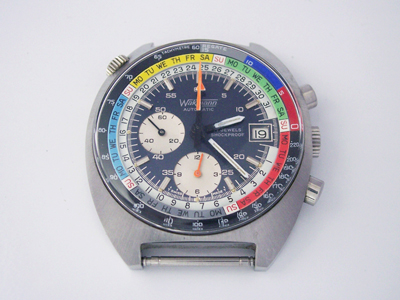
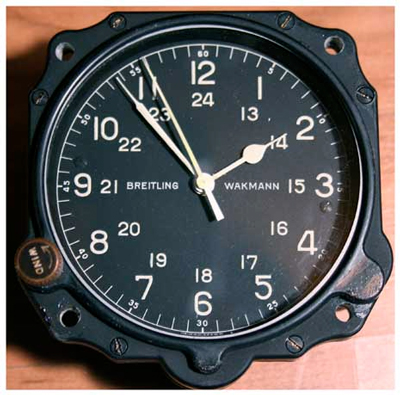
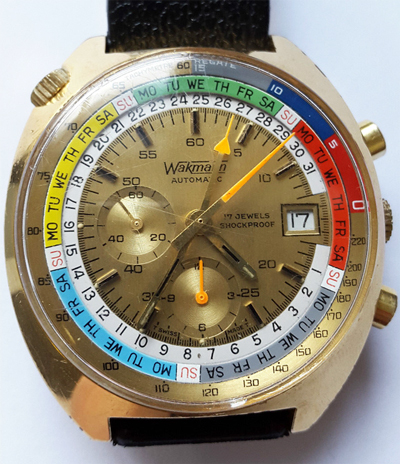
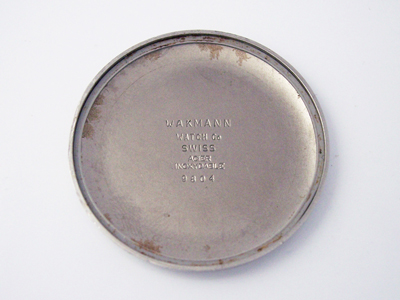
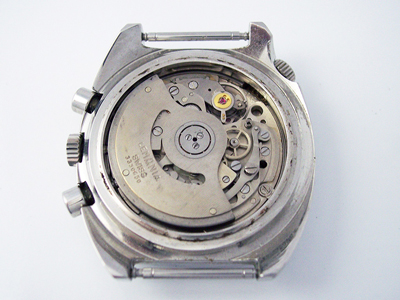
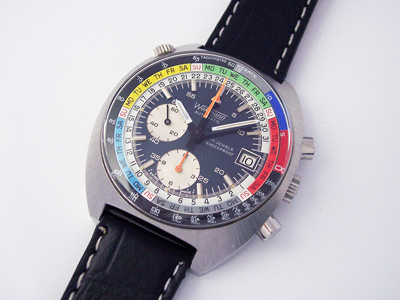

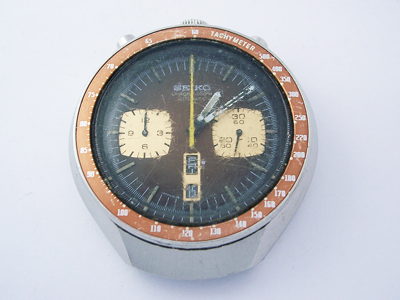
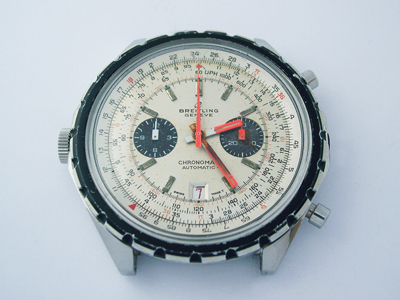
I’m looking for one as well. Have you come up with anything yet?
Hi,
I am looking for a glass for this Wakmann Yacht Regatta. Any idea where I can find one?
Thank you
Max